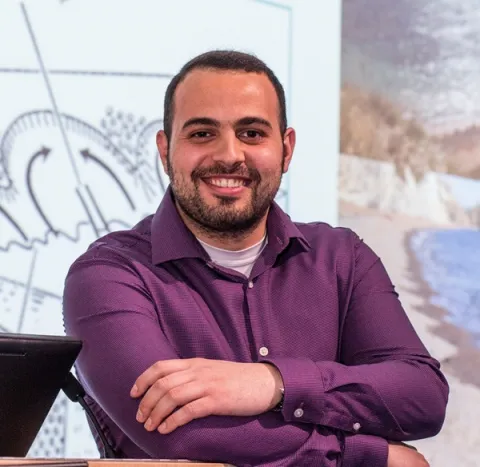Project overview
The analysis and accurate interpretation of seafloor bathymetry for habitat mapping is essential for effective management and conservation of coastal and intertidal habitats and fisheries. Tidal forcing, waves, natural channelling, relative sea level rise, increased storminess, the construction of hard structures and associated seabed scour, regulated and illegal fishing activities, boat traffic, recreation and dredging for navigation result in dynamic and complex changes in seabed relief and morphological character, which can impact biodiversity and ecosystem functioning. The heterogeneity and patchiness of halophytic and aquatic flora and fauna adds to this complexity. The aim of this proposal is to assess the accuracy of swath bathymetric surveys in habitat mapping for assessment of biogenic roughness and bed stability in Venice lagoon. Venice lagoon is unique in that it encompasses natural, industrial and urbanised environments in close proximity, and faces many of the natural and anthropogenic forcing described earlier. The lagoon is an important wetland habitat, with diminishing saltmarsh, dredging of navigation channels, scour due to flood defence structures such as the MOSE project, construction of fish farms and clam harvesting, and heavy boat traffic. The lagoon bed is composed of fine sand and silt, with a mud belt running through Venice and the Isle of Burano, and features saltmarshes and mudflats, creeks, paleo channels and deltas, seagrass beds in the central lagoon, subtidal shoals and deltas; and is a productive ecosystem with both artisanal and industrial fisheries. It thereby offers a diverse testbed for assessing the accuracy and sensitivity of systems used for bed roughness assessment and habitat mapping. Relating physical roughness to hydrodynamic roughness is particularly useful for the accurate parametrisation of friction and calibration of the SHYFEM hydrodynamic model used to compute residence times, model water and sediment fluxes, study larval transport, assess sea-lagoon exchanges, forecast storm surges and operational forecasting for the MOSE mobile barrier protecting the lagoon and the historic city of Venice
